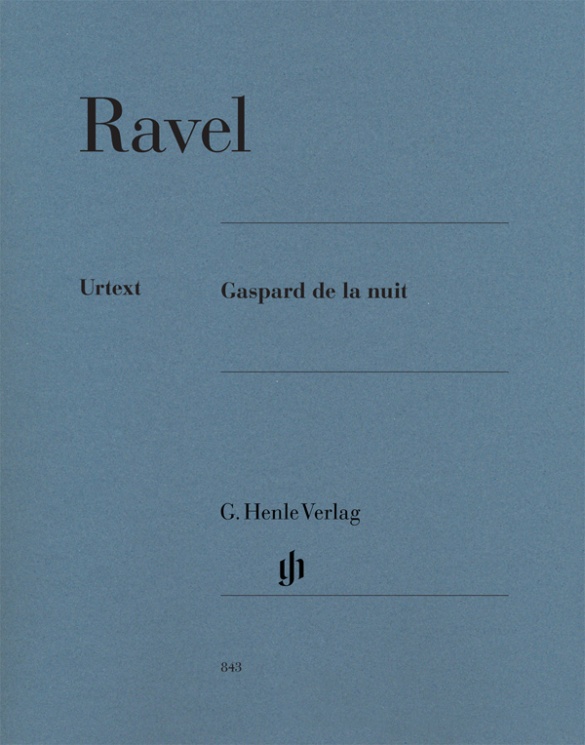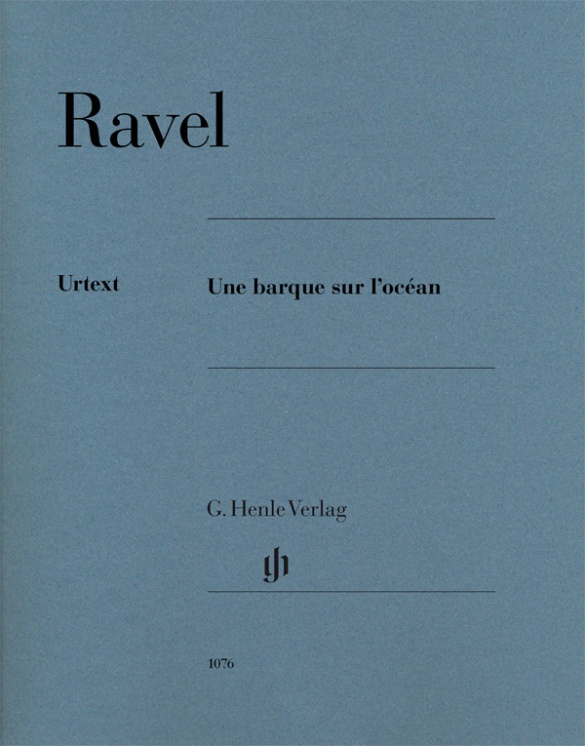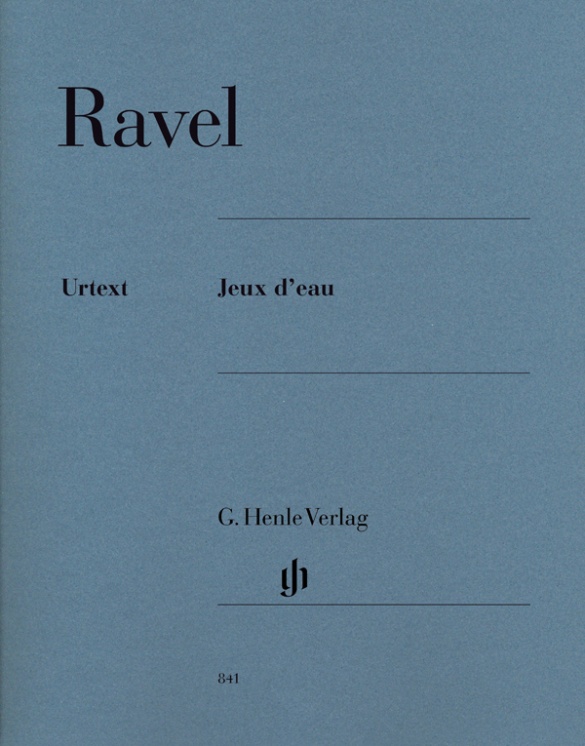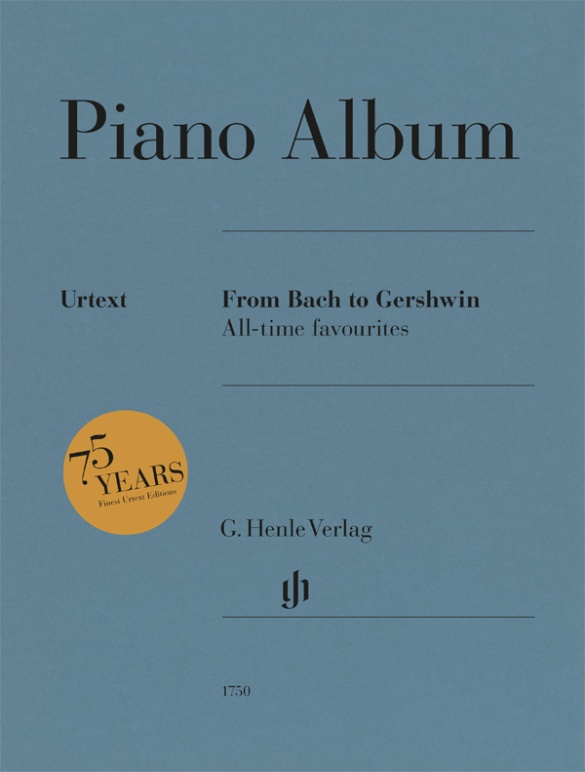Maurice Ravel
Gaspard de la nuit
> His “three romantic poems of transcendental virtuosity” were supposed to surpass the technical refinement of Balakirev’s “Islamey” (HN 793), which was considered unplayable at the time.Our edition not only offers impeccable Urtext in a clear, larger format: the corresponding poem by Bertrand prefaces each part in three languages.
内容/詳細
作曲家について
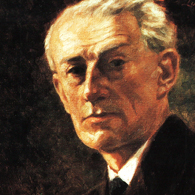
Maurice Ravel
Together with Satie and Debussy, Ravel numbers among the innovators who had a falling out with academic education and created their own avant-garde tonal languages – inspired, in Ravel’s case, by Russian and Spanish music, but also by exoticism – without abandoning tonality. This master of orchestration begins with piano works, which he orchestrates; songs with piano and piano compositions exist on an equal footing in orchestral versions.
| 1875 | Born in Ciboure on March 7; the family moves to Paris that same year. |
| 1882 | Lessons in piano, theory, and composition. |
| 1889 | Beginning of his studies at the Conservatoire de Paris, from which he will never graduate.around 1893 Influence of Chabrier and Satie. |
| 1901 | “Jeux d’eau” for piano, in a new “Impressionist” tonal language, as is “Miroirs” (1904–05). |
| 1903 | “Shéhérazade” for voice and piano/orchestral accompaniment with orientalist tonal elements. |
| 1905 | Scandal surrounding Ravel’s third application for the Prix de Rome. |
| 1907 | Premiere of the “Histoires naturelles” after Jules Renard provokes astonishment in audiences and critics. |
| 1907–08 | Rhapsodie espagnole for orchestra. |
| 1908/10 | “Ma mère l’oye” (“Mother Goose”) for piano, four-hands, as a ballet in 1911. |
| 1911 | Premiere in Paris of his opera “L’Heure espagnole.” |
| 1911/12 | “Valses nobles et sentimentales” for piano/orchestra. Premiere of the ballet “Daphnis et Chloé” in 1912. |
| 1914/19 | “Le tombeau de Couperin” for piano/orchestra anticipates the coming neoclassicism. |
| from 1920 | Many concert tours through Europe and the United States. |
| 1925 | Premiere of his opera “L’Enfant et les sortilèges.” |
| 1928 | Conferral of an honorary doctorate from Oxford University. “Bolero” for orchestra. |
| 1929–31 | Piano Concerto in G major with elements of jazz. |
| 1937 | Death in Paris on December 28. |
校訂者や運指担当者について

Peter Jost (校訂)
Dr. Peter Jost, born in 1960 in Diefflen/Saar, read musicology, German and comparative studies at Saarland University in Saarbrücken. He did his PhD in 1988 with a thesis on Robert Schumann’s Waldszenen.
From November 1991 to April 2009 he was a research associate at the Richard Wagner Complete Edition in Munich, and since May 2009 has been an editor at G. Henle Publishers. His Urtext editions comprise predominantly French music of the 19th and 20th centuries, including works by Lalo, Saint-Saëns and Ravel.
製品安全に関する情報

G. Henle Verlag
製品の製造元に関する情報はこちらでご覧いただけます。G. Henle Verlag
Forstenrieder Allee 122
81476 München
info@henle.de
www.henle.com
With a very informative preface and a very useful page of translation of all the French musical terms used in the score, it consists of beautifully clear notation, easy to read terms and a feeling of being uncluttered.
Piano Professional EPTA UK, 2011Endlich hat auch der G. Henle-Verlag Ravels Meisterwerk Gaspard de la nuit herausgegeben, und dies in einer Edition, die Massstäbe setzt. (…) An der neuen Ausgabe gibt es wirklich viel zu rühmen. Vorwort und kritischer Apparat zeugen von ausserordentlicher Sorgfalt. Nicht nur wurden alte Missverständnisse und Druckfehler aus der Durand-Ausgabe korrigiert. (…) Die Übertragungen der zugrunde liegenden bertrandschen Gedichte ins Deutsche durch den Herausgeber Peter Jost sind sehr stimmungsvoll und weisen den richtigen Weg zum Verständnis. (…) Die Lesbarkeit der doch so komplexen Partitur ist geradezu ideal!
Schweizer Musikzeitung, 2011Il libro è in formato maggiorato, più comodo da leggere. Ce n`è davvero bisogno.
Suonare, 2011Herausgeber Peter Jost hat die jedem einzelnen Stück vorangestellten Prosagedichte für diese Ausgabe neu übersetzt und für seine Neuausgabe vor allem Ravels eigenes Exemplar der Erstausgabe herangezogen, in dem dieser zahlreiche Stichfehler und Änderungen verzeichnet hatte, die wohl als Grundlage einer korrigierten Neuauflage dienen sollten. Eigenartigerweise wurden diese Änderungen jedoch in keiner späteren Ausgabe berücksichtigt: Was einmal abgedruckt war, blieb quasi unverändert – bis heute. Peter Josts Neuausgabe weicht daher an vielen Stellen von der bislang verbreiteten französischen Originalausgabe ab und bietet darüber hinaus ein übersichtlicheres Druckbild, was sich nicht zuletzt dem vergrößerten Quartformat verdankt.
Piano News, 2011おすすめ
autogenerated_cross_selling
このタイトルを含む他の版
このタイトルを含む他の版


